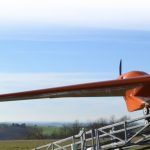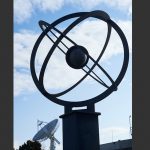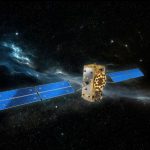July 12, 2019
Our source inside the European GNSS Agency (GSA), which is the EU agency responsible for Galileo services, has told us: “They are working on it. Teams from industry and the Agencies are working 24/7 to restore the Galileo services as soon as possible to their nominal levels. The current estimation is that the services should be restored within 48 hours. In any case, we expect the service to be again nominal before the end of the weekend [13-14 July 2019],” the source said.
Read More >
By Inside GNSS













